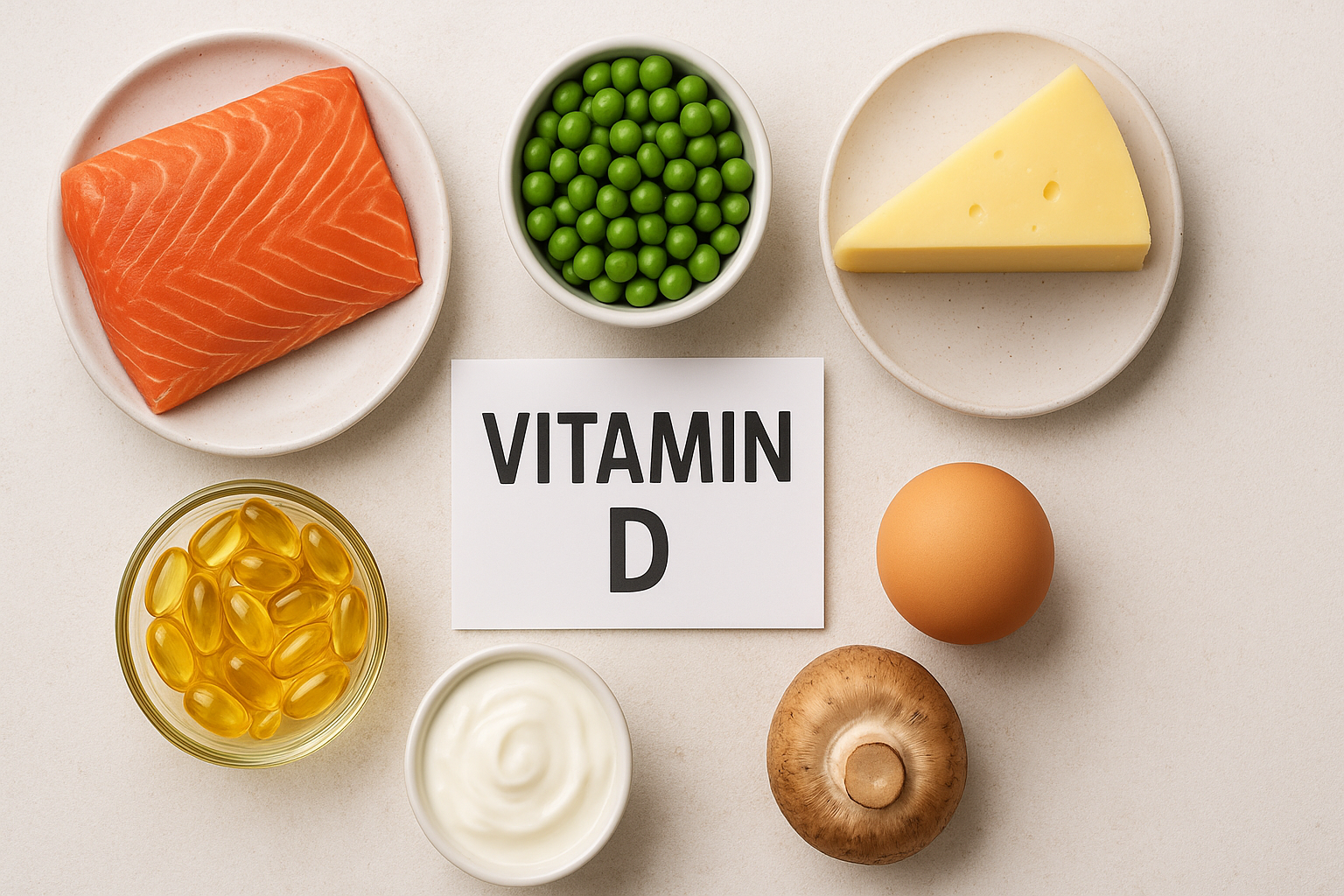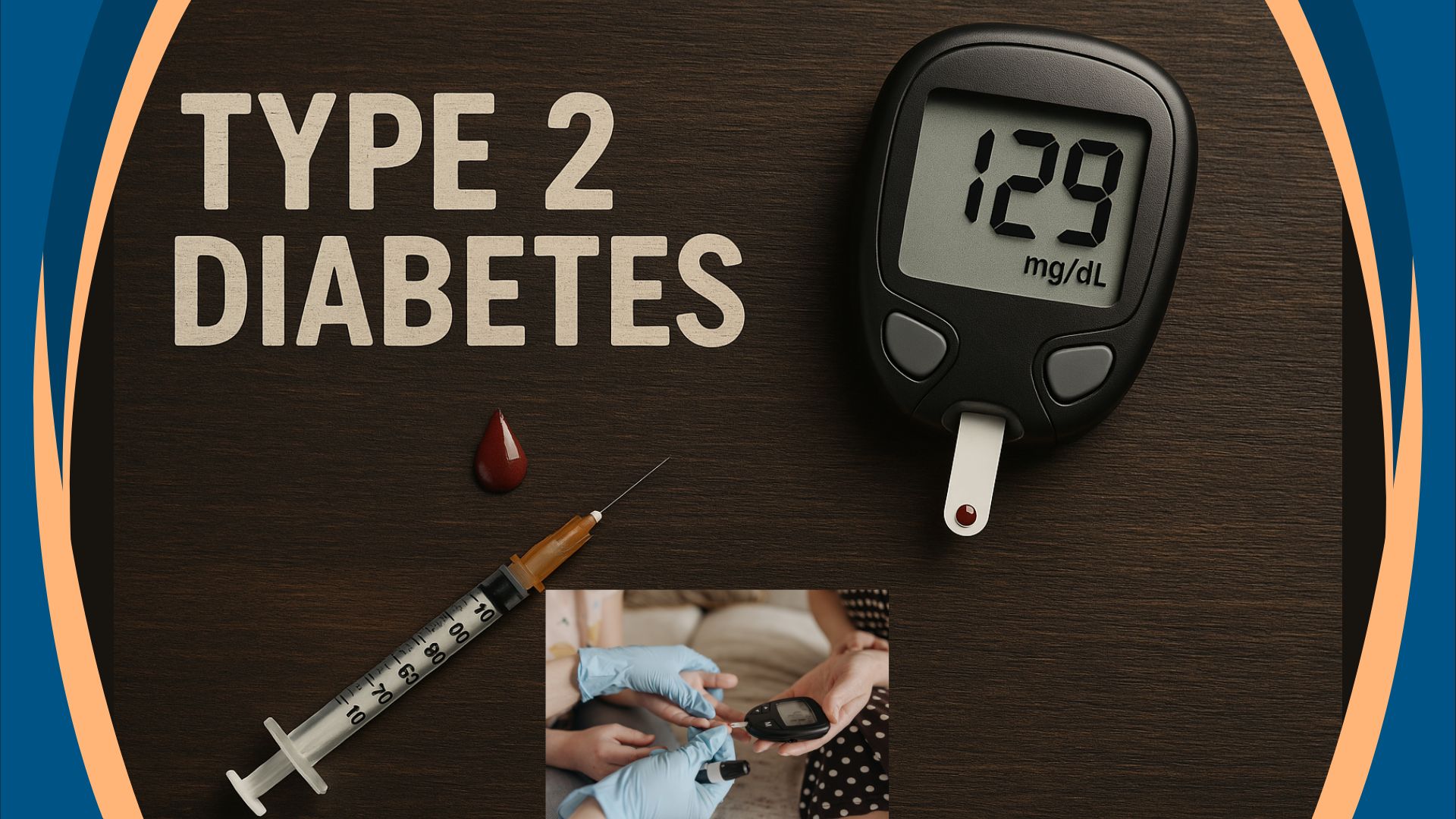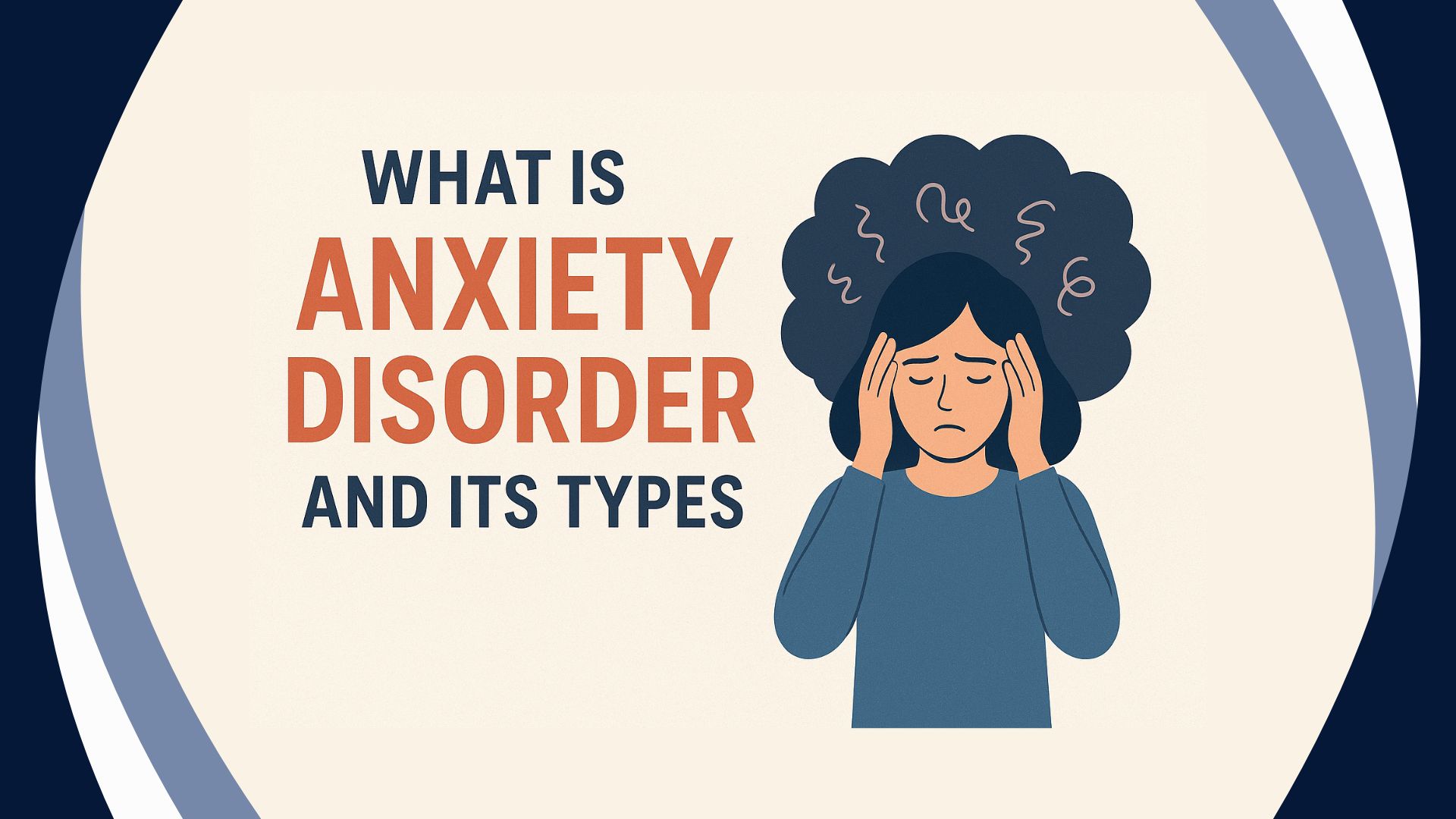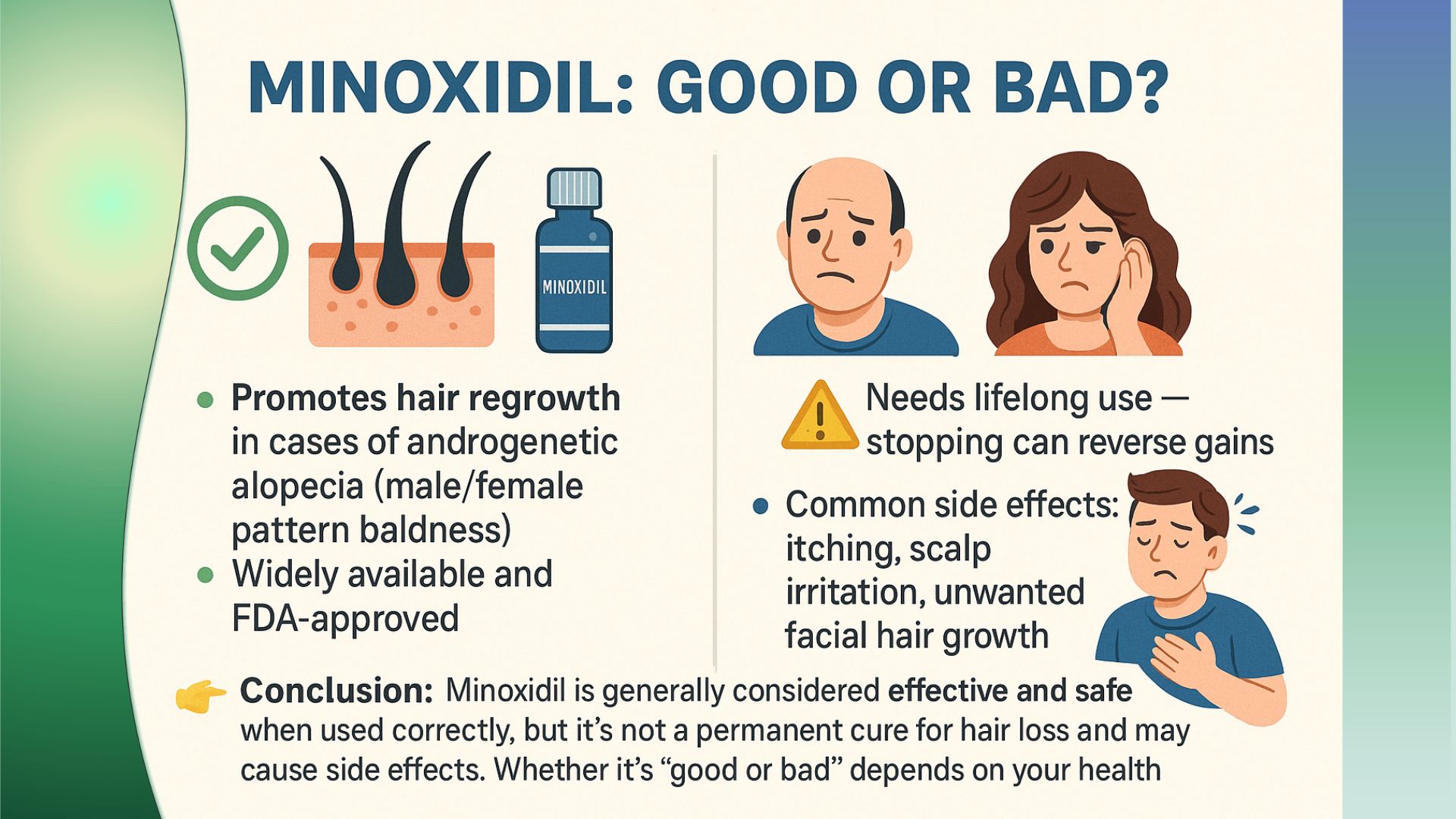Prostate cancer is one of the most common types that affecting men, especially as they age. It occurs in the prostate gland, a small organ responsible for producing seminal fluid. Early detection and treatment can significantly improve outcomes, making it essential to understand the risk factors, symptoms, and treatment options available.
What is Prostate Cancer?
Prostate cancer begins when cells in the prostate gland start to grow uncontrollably. While it can develop slowly and may not show immediate symptoms, some cases it can be aggressive, spreading quickly to other parts of the body. Regular screenings are crucial for early detection, especially for men over 50.
Risk Factors :
Several risk factors can increase the likelihood of developing prostate cancer:
- Age: The risk increases significantly after age 50.
- Family history: Men with a family history are more likely to develop the disease.
- Race: African American men have a higher risk of developing and are more likely to experience aggressive forms of the disease.
- Diet and lifestyle: A diet high in red meat and fatty foods can increase the risk, while regular exercise and a balanced diet can lower it.
Symptoms of Prostate Cancer
In its early stages, it often shows no symptoms. However, as the disease progresses, symptoms may include:
- Difficulty urinating or frequent urination, especially at night
- Weak or interrupted urine flow
- Blood in urine or semen
- Pain in the back, hips, or pelvis
- Erectile dysfunction
These symptoms are not exclusive to prostate cancer and may indicate other prostate conditions, such as benign prostatic hyperplasia (BPH). Therefore, it’s essential to consult a healthcare provider for accurate diagnosis.
Screening and Diagnosis of Prostate Cancer
Early detection can greatly increases the chances of successful treatment. Two common screening methods are:
- Prostate-specific antigen (PSA) test: This blood test measures the level of PSA, a substance produced by the prostate. Elevated levels may indicate prostate cancer or other prostate issues.
- Digital rectal exam (DRE): During a DRE, a doctor checks for abnormalities in the size or shape of the prostate.
Stages of Prostate Cancer
Once its diagnosed,they are classified into stages:
- Stage I: It is small and confined to the prostate.
- Stage II: It is still within the prostate but may be more significant or more likely to grow.
- Stage III: It has spread beyond the prostate to nearby tissues.
- Stage IV: Cancer has spread to distant organs, such as the bladder, bones, or lymph nodes.
Treatment Options for Prostate Cancer
The treatment is depends on the stage and aggressiveness of the disease. Common treatment options include:
Active Surveillance or Watchful Waiting
For men with early-stage or slow-growing prostate cancer, doctors may recommend monitoring through regular PSA tests and biopsies. This approach avoids unnecessary treatment for cancers that may never cause significant problems.
Surgery:
Surgical options, such as a radical prostatectomy, involve removing the prostate gland and some surrounding tissue. This is often recommended for early-stage prostate cancer confined to the prostate.
Radiation Therapy
Radiation therapy uses high-energy rays to target and kill cells. It can be used as a primary treatment or after surgery to eliminate any remaining cancer cells.
Hormone Therapy
Hormone therapy, also known as androgen deprivation therapy (ADT), reduces the levels of male hormones (androgens) that fuel prostate cancer growth. Doctors often use this treatment for advanced or recurrent cancer.
Chemotherapy
Chemotherapy involves using drugs to kill fast-growing cancer cells. While it is less commonly used for prostate cancer, it may be recommended in advanced cases where the cancer has spread to other parts of the body.
Prevention and Lifestyle Tips :
While there is no guaranteed way to prevent cancer, certain lifestyle changes can reduce your risk:
- Eat a healthy diet: Focus on a diet rich in fruits, vegetables, whole grains, and lean proteins. Reducing intake of fatty and processed foods can lower your risk of prostate cancer.
- Exercise regularly: Staying physically active helps maintain a healthy weight, which is linked to a reduced risk .
- Limit alcohol and quit smoking: Both smoking and excessive alcohol consumption can increase the risk .
It is a common but treatable disease, especially when detected early. Understanding the symptoms, risk factors, and treatment options can help men take proactive steps in managing their health. Regular screenings, a healthy lifestyle, and awareness of personal risk factors are key in preventing and managing effectively.
What is Male Fertility ?
Get More News Updates on : sports24india.com







